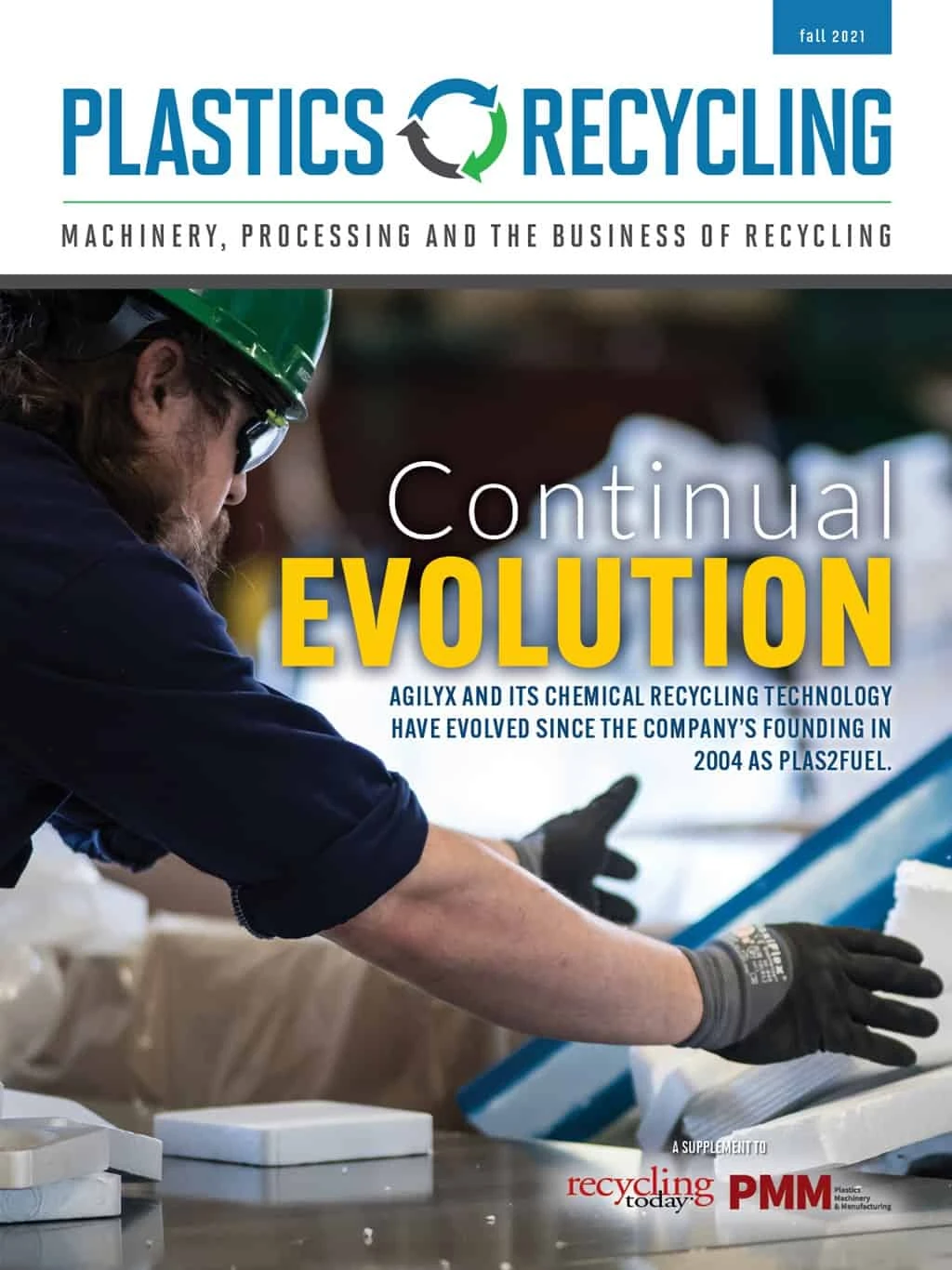Extended producer responsibility (EPR) is not a new concept in the United States. Twenty-four states have EPR legislation for end-of-life electronics, for instance. While some provinces in Canada and the European Union have EPR for paper and plastic packaging, such legislation has failed to gain ground in the U.S. until recently.
This summer, Maine and Oregon became the first U.S. states to pass EPR laws for packaging. Legislatures in California, Hawaii, Maryland, Massachusetts, New York and Vermont have introduced similar legislation.
For more on EPR for packaging, read “Who foots the bill?”
In addition to introducing an EPR bill for packaging, known as AB 842, California legislators have proposed bills that target plastic packaging in various ways, with associations representing the plastics industry and plastics recyclers voicing their support for one in particular.
This summer, the California legislature passed AB 881, a bill designed to ensure that only plastics that are actually recycled count toward California’s recycling goals. The bill was submitted to Gov. Gavin Newsom Sept. 8 for signature, but as of press time, it had yet to be enacted into law. (It was signed Oct. 5.)
According to a news release from Assemblywoman Lorena Gonzalez, who authored the legislation, a large percentage of plastics from California is shipped overseas, where the plastics can end up burned, dumped or landfilled.
The legislation applies to mixed plastics “unless the mixture includes only certain plastics destined for separate recycling and satisfies other specified requirements, in which case that export would constitute diversion through recycling.”
The American Chemistry Council (ACC) and the Association of Plastic Recyclers (APR), both based in Washington, have voiced support for the bill.
“ACC and its member companies are committed to eliminating plastic waste in our environment,” says Joshua Baca, vice president for plastics at the ACC. “AB 881 supports this objective by establishing a more accurate baseline of recycling rates for industry and government to take further action, including increasing access to waste collection and recycling; supporting deployment of technologies, such as advanced recycling, to increase the circularity of plastics; and supporting innovation in product and packaging design to improve recyclability and increase the use of recycled materials in new packaging.”
Kara Pochiro of the APR says, “This is something APR has been asking to have enacted, even prior to ‘National Sword.’”
It’s often said that you can’t fix what you can’t measure, and measurement has been an issue in residential recycling, particularly with plastics. California’s AB 881 and the EPR legislation in Maine and Oregon have the potential to increase transparency into end-of-life plastic packaging.
Get curated news on YOUR industry.
Enter your email to receive our newsletters.
Explore the Fall 2021 Plastics Recycling Issue
Check out more from this issue and find your next story to read.
Latest from Recycling Today
- ReMA board to consider changes to residential dual-, single-stream MRF specifications
- Trump’s ‘liberation day’ results in retaliatory tariffs
- Commentary: Waste, CPG industries must lean into data to make sustainable packaging a reality
- DPI acquires Concept Plastics Co.
- Stadler develops second Republic Services Polymer Center
- Japanese scrap can feed its EAF sector, study finds
- IRG cancels plans for Pennsylvania PRF
- WIH Resource Group celebrates 20th anniversary






